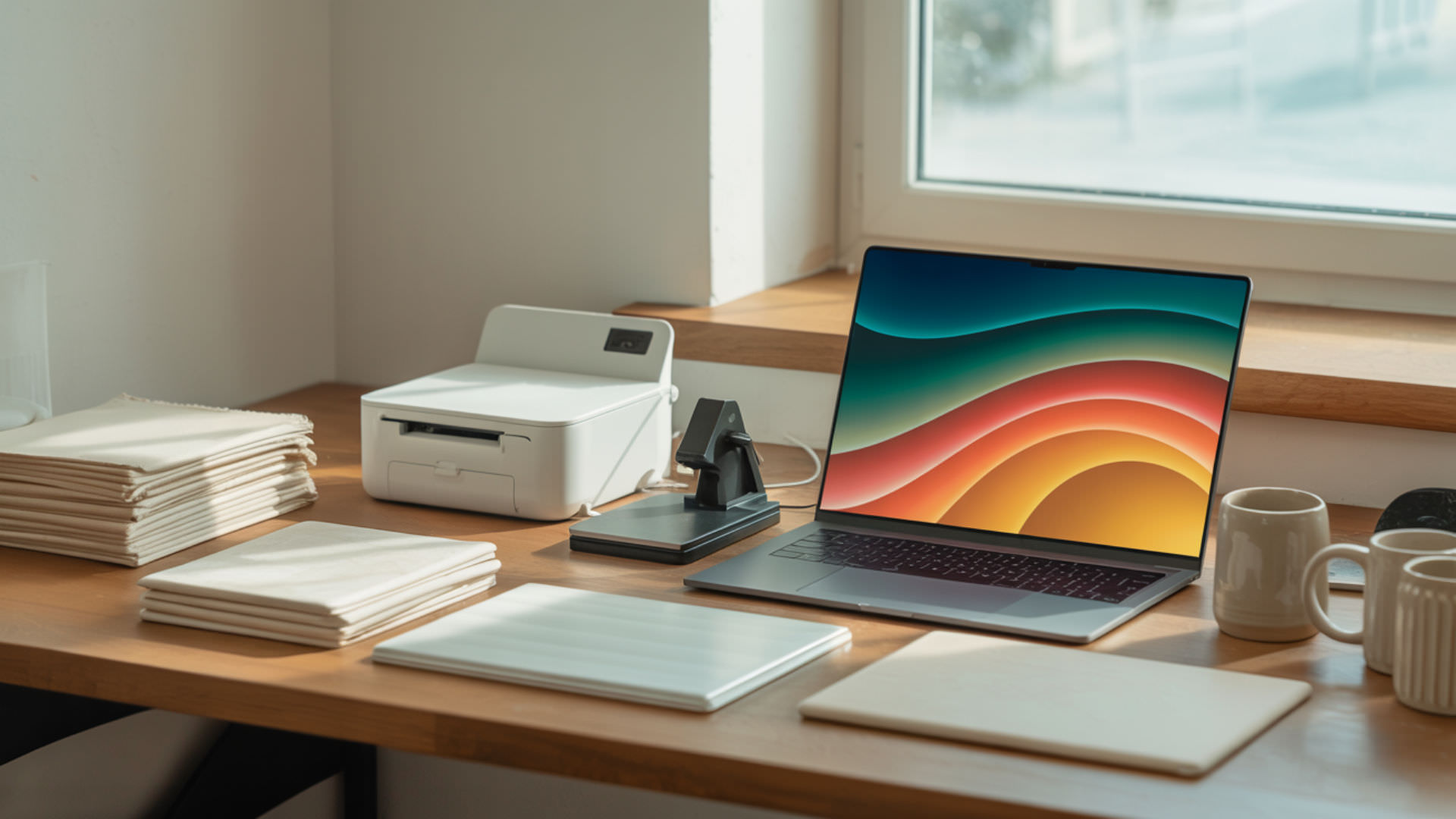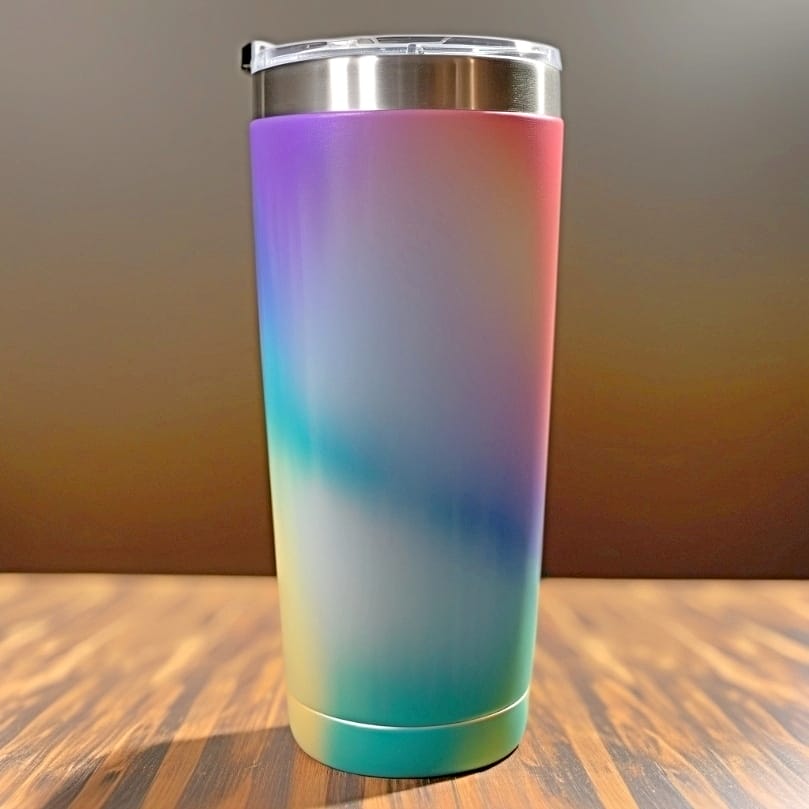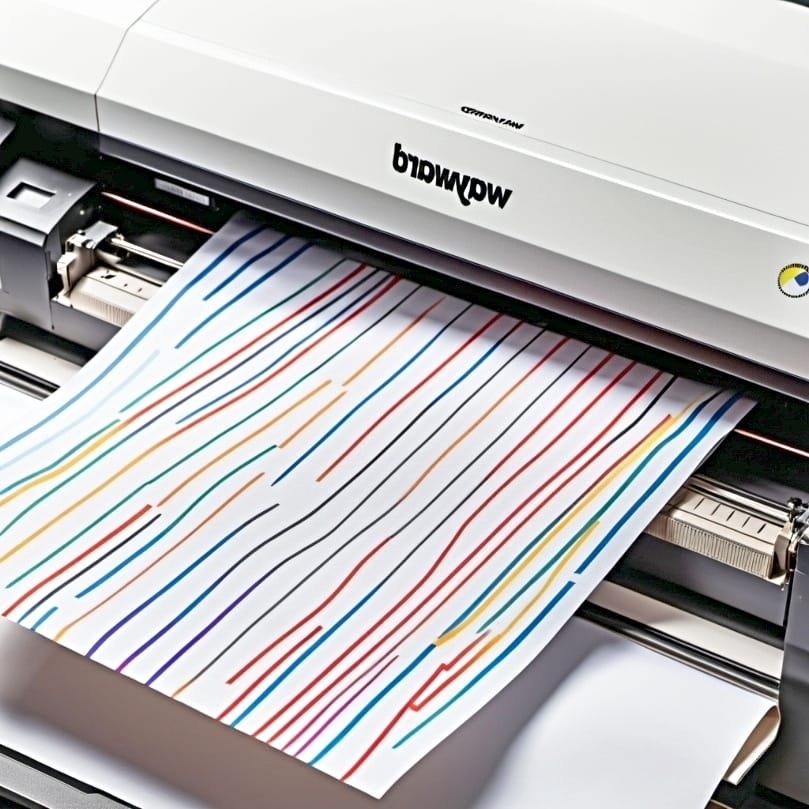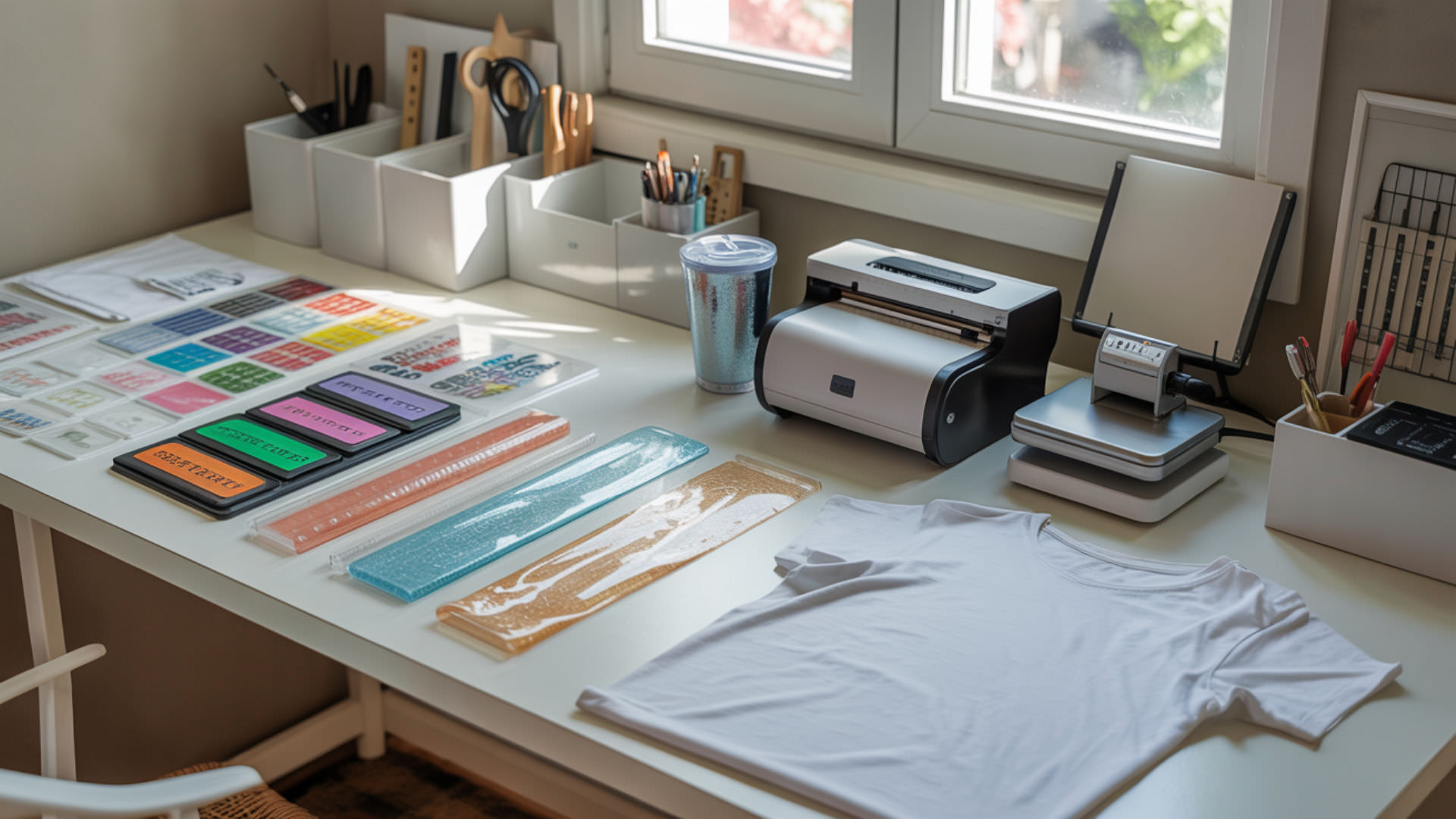Table of Contents
ToggleIf your green sublimation prints are mysteriously turning blue, fret not! You’re not alone and we have your problem covered. This concise, no-fluff guide explains the culprits and provides effective strategies for achieving the correct sublimation green printing blue outcomes. Stay with us we provide practical tips to solve your problems!
Key Takeaways
- A green-to-blue color change in sublimation printing can often be caused by a depleted yellow cartridge, misaligned color profiles, or a clogged print head. Remedies include replacing the cartridge, using ICC profiles, and cleaning the print head.[1]
- Optimizing printer settings is crucial for color accuracy, including setting the correct paper type and quality, ensuring ‘high speed’ is unchecked, and utilizing color management software or ICC profiles.
- The integrity of sublimation ink is key to achieving true-to-screen prints. Using the right sublimation ink, carefully refilling ink tanks without cross-contamination, and transferring images onto a bright white side of the substrate are all essential steps. Step into the world of crafts, from the art of sublimation on blankets to creating beautiful sublimation designs on acrylic!
Decoding the Green-to-Blue Mystery in Sublimation Printing

Ever wondered why your once-green design has taken on a life of its own and turned blue during the sublimation print process? This color conundrum can be attributed to a variety of factors ranging from cartridge issues, misaligned colors, to even the health of your print head.
For instance, a depleted yellow cartridge can result in an unwanted blue tint in prints that should be green. Furthermore, using low-quality sublimation inks and plastics can lead to color distortions. Thankfully, effective solutions like refilling or replacing the yellow cartridge, aligning print cartridges, and running a cleaning cycle, can help fix these color issues.
Identifying Cartridge Conundrums
If you’ve been wondering why your prints are turning out blue instead of green, it might be time to check your yellow cartridge. A depleted or malfunctioning yellow cartridge can alter your prints’ color balance, leading to an unexpected printing blue tint.
Begin the resolution process by examining your cartridge ink levels. Should you find the yellow cartridge depleted, take action by refilling or replacing it. This straightforward action can substantially improve the color accuracy of your prints.
Aligning Color Profiles with Expectations
Ever noticed how the colors on your computer screen don’t always match the colors on your printed designs? This is likely due to misaligned color profiles. Ensuring the correct color translation from computer RGB to printer CMYK is crucial for accurate color reproduction in sublimation printing. Using an ICC profile is essential for getting the correct color in images, especially when using a converted printer like an Epson for sublimation printing.
⫸ Click Here For Best Selling Sublimation Printers And Products ⫷A calibrated monitor or display can enhance the color match between the screen and the printed output, thereby resolving the green-to-blue color discrepancy.
The Role of Print Head Health in Color Accuracy
Another crucial component that can impact your color accuracy is the health of your print head. A clogged print head can cause color inaccuracies in sublimation prints, such as turning green hues to blue or causing streaks in the prints. To diagnose a clogged nozzle, print a nozzle check sheet and, if new ink was added, allow the printer to rest for 24 hours before checking again.
Once identified, a clogged print head can be rectified using the printer’s built-in cleaning feature, and if necessary, a gentle manual clean. Keep in mind, maintaining clean print heads, including the print head, is paramount for achieving vibrant and precise prints!
Mastering Printer Settings for Faithful Hues
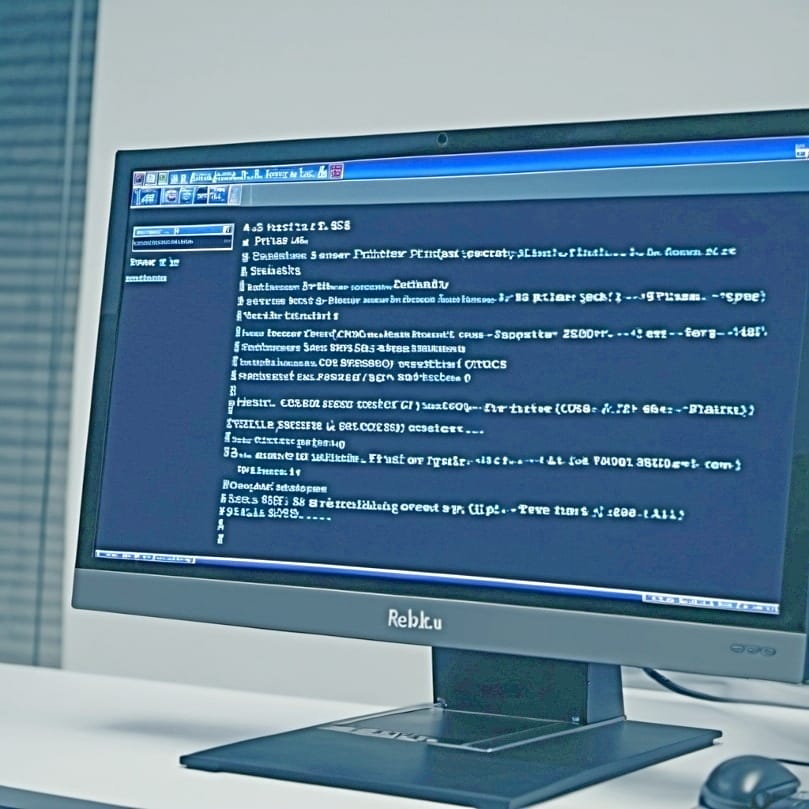
With the color mystery decoded, let’s dive into how you can optimize your printer settings for accurate color reproduction. Here are some tips:
- Set the paper type to ‘premium presentation paper matte’
- Set the quality to ‘high’ in the printer properties
- Ensure the ‘high speed’ option is unchecked
- Check the ‘mirror’ option in the printer settings for better sublimation print results.
Following these steps can enhance color accuracy in your prints.
Once you’ve mastered these settings, you’ll be able to mitigate common printing problems and maintain true colors in your prints.
Tweak Your Print Quality for Vibrant Results
When it comes to sublimation printing, quality matters. Using the correct print settings, such as setting the print quality to ‘best’ or ‘high,’ can prevent banding and ensure colors are printed accurately. Higher quality print settings use more ink which can result in less visible printer lines and richer colors in sublimation prints. Read my guide here if your sublimation printer is experiencing issues such as not printing correctly.
Adjusting your print quality settings can produce vibrant outputs that align closely with your original design, ensuring that you print correctly.
Syncing Up with Color Management Software
Color management software or ICC profiles play a crucial role in ensuring consistent color accuracy across different devices. To properly utilize an ICC profile, users must install it on their system and specify its use in printer settings. This instructs the printer to adjust ink mixing for accurate colors. Certain printers come with custom print drivers that include built-in color correction programs, which must be used to ensure vibrant and accurate transfers.
Synchronizing with color management software allows you to reconcile the difference between your on-screen design and the final printed output through color matching, using the color sync feature.[2]
Ensuring Ink Integrity for True-to-Screen Prints
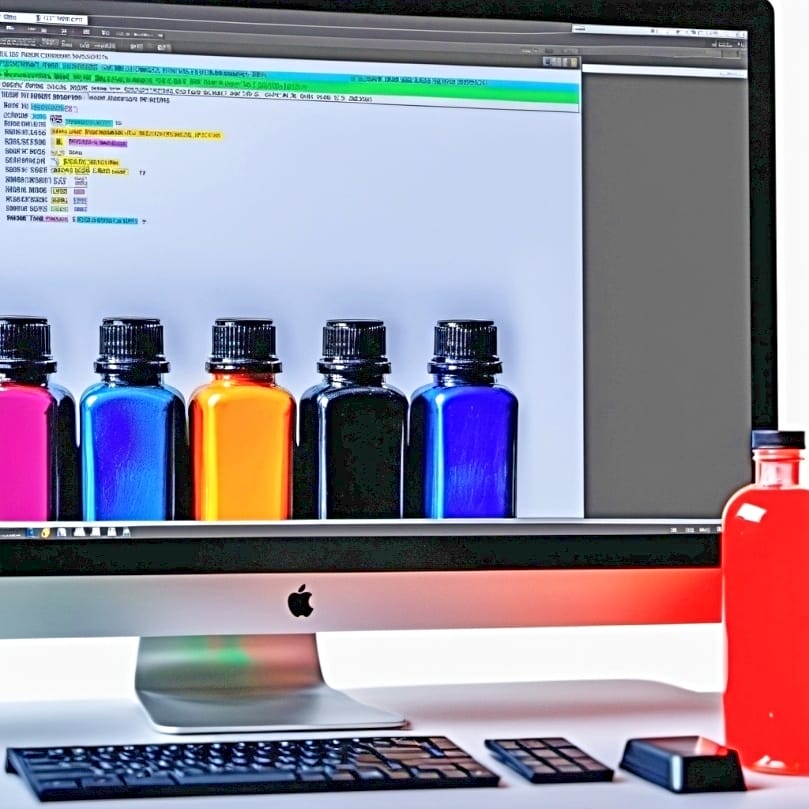
Now that we’ve covered printer settings, let’s discuss another major player in sublimation printing: the ink. Sublimation inks appear duller on paper before pressing and only show their true vibrancy after being transferred onto a sublimation-ready surface such as 100% polyester fabric. Special sublimation ink should be used for sublimation printing as it is designed to look lighter and duller before transfer but vibrant after proper application.
For a bright and vivid outcome in sublimation printing, always transfer your image to the most white and bright side of the substrate.
Choosing the Right Sublimation Ink
Choosing the right sublimation ink is crucial for achieving the most vibrant and accurate colors in sublimation printing projects. Using the recommended ink, such as Hiipoo Ink for Epson EcoTank printers, can prevent poor color output and damage to your printer.
Remember, sublimation ink appears lighter and duller before being transferred, and its true printed colors become visible only after pressing onto a compatible material.
Refilling Wisely: Avoiding Color Mix-Ups
Refilling your ink tanks might seem like a simple task, but it requires careful attention. When refilling sublimation ink tanks, it’s crucial to avoid cross-contamination to prevent color discrepancies in prints. Ensuring that each color tank is refilled carefully and with the correct ink helps maintain color integrity in the printing process.
Also, allowing your printer to rest for 24 hours post-refill guarantees proper settling of the new ink, thereby minimizing potential color inconsistencies.
Preventative Measures: Maintaining Your Sublimation Setup

Maintaining your sublimation setup is just as important as understanding how to fix issues. Regular cleaning of the sublimation printer’s exterior and interior prevents dust and debris from causing clogs and poor print quality. Moreover, monitoring and maintaining ideal humidity levels between 40-60% in the printing area can prevent ink-related issues.
Maintaining regular preventative measures guarantees consistently high-quality sublimation prints using a heat press.
Regular Nozzle Checks: A Must for Consistent Quality
Regular nozzle checks are a must for consistent print quality. Conducting routine nozzle checks can help identify and address banding issues from clogged nozzles, ensuring all colors print accurately. To prevent clogging and the drying of ink, it’s recommended to regularly use the printer, perform head cleaning functions, and run purge sheets after refilling ink tanks if needed.
Regularly monitoring your nozzles can significantly improve your print quality.
Keeping Your Printer Software Up-to-Date
Just as you keep your smartphone or computer software up-to-date, it’s essential to do the same for your sublimation printer. Updating printer drivers and software is critical for maintaining color accuracy and avoiding glitches during sublimation printing.
Regular firmware updates are necessary for improving printer performance and resolving problems that may cause inaccuracies in the color of printed materials. Don’t forget, regularly updating your printer software can significantly enhance your printing experience.
The Impact of Paper Quality on Sublimation Color Fidelity
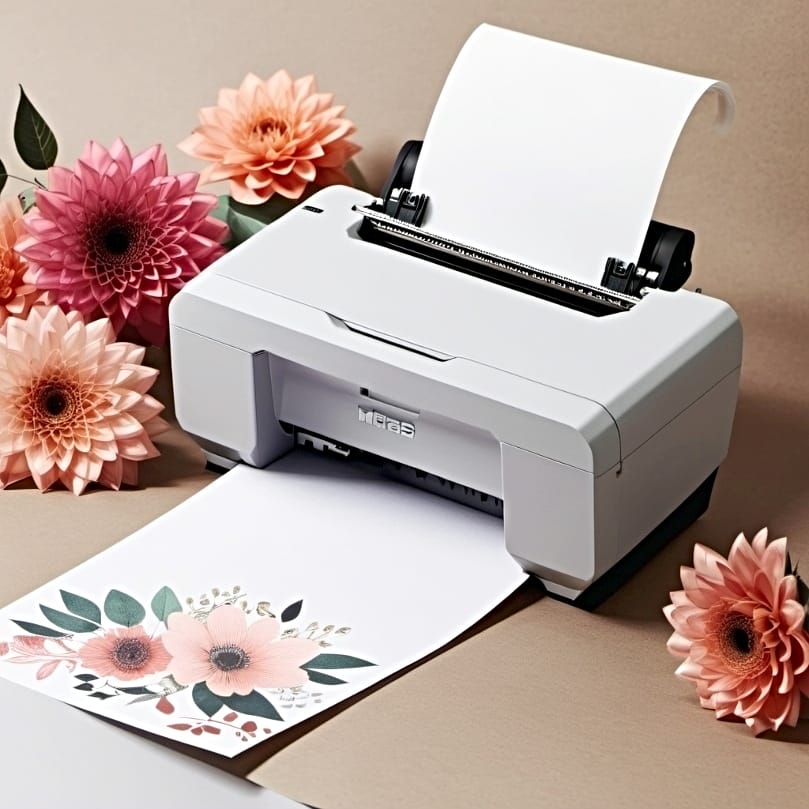
Last but not least, let’s discuss the role of sublimation paper in color fidelity. Using specialized sublimation paper is essential for producing better quality prints with accurate colors. Storing sublimation paper in a low-humidity environment is crucial for maintaining its quality and flatness, thus preventing color issues such as lines along the sides of prints.
Printing on the correct side of sublimation paper, which is the bright white side, is vital for achieving vibrant transfers and accurate color representation.
Selecting the Best Sublimation Paper
When it comes to sublimation printing, the choice of paper can significantly impact the outcome. High-quality sublimation paper is necessary for achieving vibrant and crisp prints, as it properly absorbs and releases ink. Selecting a matte paper setting and high print quality in the printer properties can prevent color shifts and result in more vibrant prints.
Hence, ensure the use of premium sublimation paper for your projects at all times.
Troubleshooting Tips: From Test Prints to Fixes

Now that we’ve covered all the factors that can impact color fidelity in sublimation printing, let’s explore some troubleshooting tips to help you diagnose and fix any color issues you might experience. Proper research and testing before starting sublimation printing are emphasized to avoid mistakes and ensure accurate color profiles.
Note, color management inconsistencies in sublimation prints could result from differences in how prints appear on various substrates or in response to varying heat sources.
I would like to highlight an important point, especially for beginners. For accurate color reproduction in sublimation printing, substrate selection is crucial. Sublimation inks bond best with 100% polyester fabrics or polymer-coated items like mugs and phone cases, ensuring vibrant and durable prints. Light-colored or white substrates are ideal since sublimation ink is translucent and requires a light background for vivid results. Polyester content between 60% and 100% is recommended, as this allows the ink to fully penetrate and bond with the fibers, producing high-quality outcomes.
Conducting Test Prints for Diagnosis
One of the best ways to diagnose color issues is by conducting a test print. A nozzle check page is useful to detect clogs that could be causing color issues, and using a purge file can unblock small clogs.
Assessing the accuracy of the colors in sublimation prints should be done by:
- Printing test images on sublimation paper
- Pressing the test images onto a polyester fabric
- Diagnosing color issues with the test prints
- Making slight adjustments incrementally to the color settings to correct the color output.
Consulting Manufacturer Support for Tailored Advice
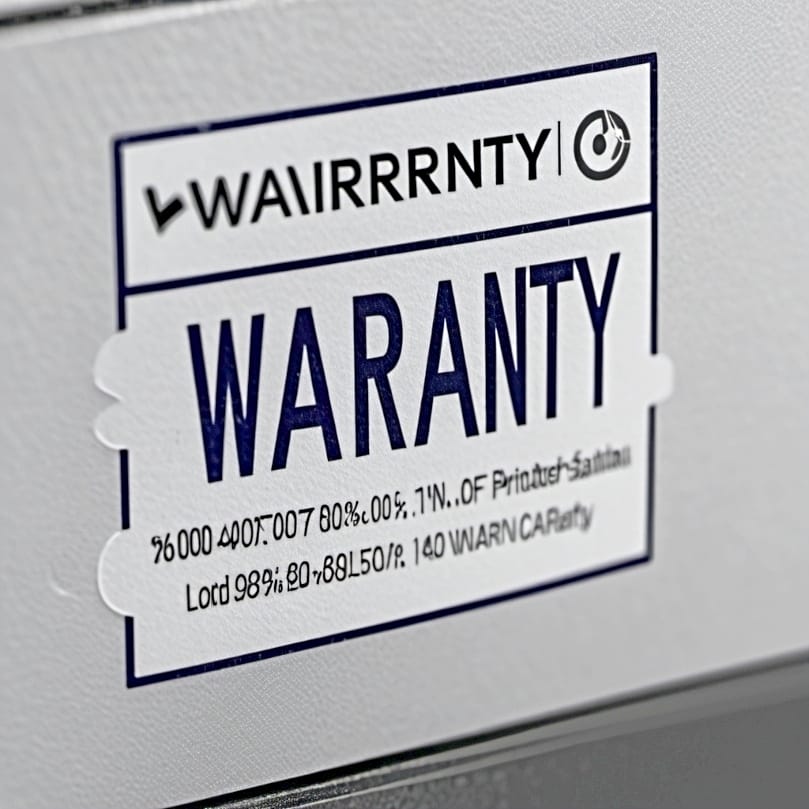
When in doubt, don’t hesitate to seek help from the experts. If you’re experiencing technical issues with professional sublimation printers and presses, contacting the manufacturer or distributor is recommended. Manufacturer’s support can provide color issue resolutions specific to the model and brand of the sublimation printer.
Don’t forget, manufacturer support is uniquely equipped to address technical issues and can provide specific guidance based on the model of the printer or press.
Summary
We’ve journeyed through the world of sublimation printing, decoding the mystery of the green-to-blue color shift and exploring effective solutions to fix these issues. From understanding the role of cartridges, print heads, printer settings, and ink integrity to choosing the right sublimation paper and regular maintenance, we now know that each element plays a crucial part in achieving accurate color reproduction. As we’ve seen, the path to vibrant and precise colors in sublimation printing involves a mix of understanding, maintenance, and a keen eye for detail.
Frequently Asked Questions
Why is my Epson printing blue instead of green?
Your Epson printer might be printing blue instead of green because of low ink levels in the other color cartridges, causing it to default to using the available blue ink. Check the ink levels of all cartridges and replace any that are low or empty.
Why is my Epson not printing green?
It seems like your printer’s green ink may be low or the print head may be clogged. Try running a nozzle check and cleaning the print head, if necessary. Also, visually inspect the ink levels and refill if needed.
Why is my Epson sublimation printer printing wrong colors?
It’s likely that your Epson sublimation printer is printing off-colors because of the wrong print profile. Print using the Epson Print Manager and select the correct color profile for more accurate colors.
How can I maintain color accuracy in sublimation printing?
To maintain color accuracy in sublimation printing, use high-quality sublimation ink, optimize printer settings, perform regular nozzle checks, and use specialized sublimation paper. Don’t forget to regularly maintain your printer.
What is the role of an ICC profile in sublimation printing?
An ICC profile in sublimation printing plays a crucial role in maintaining consistent color accuracy across various devices by taking into account factors like monitor display, printer color output, sublimation ink characteristics, and paper types. This ensures reliable and high-quality printing results.
References
- ICC (International Color Consortium) profiles | Adobe Experience Manager. (n.d.). https://experienceleague.adobe.com/docs/dynamic-media-classic/using/support-files/icc-profiles.html?lang=en
- Understanding color management. (n.d.). https://helpx.adobe.com/acrobat/using/color-management.html





